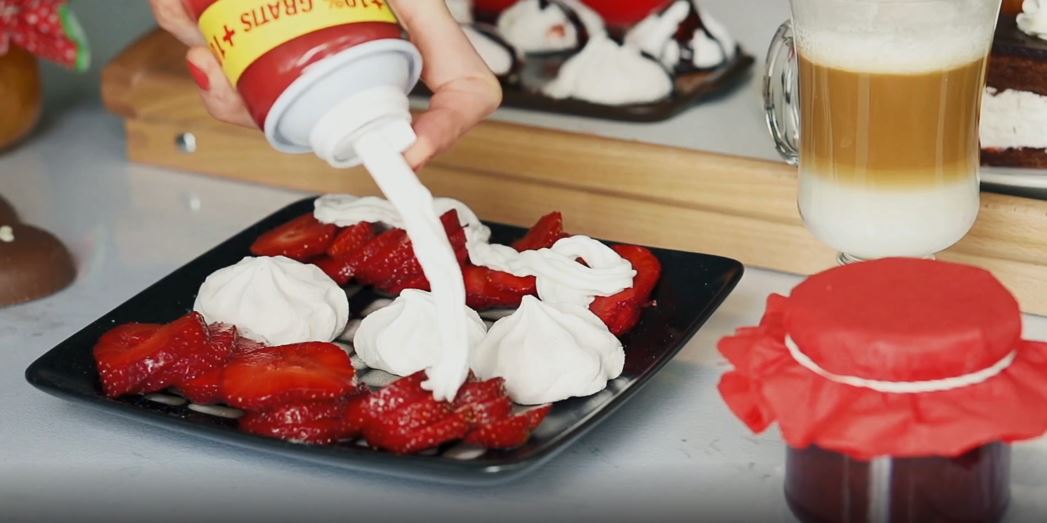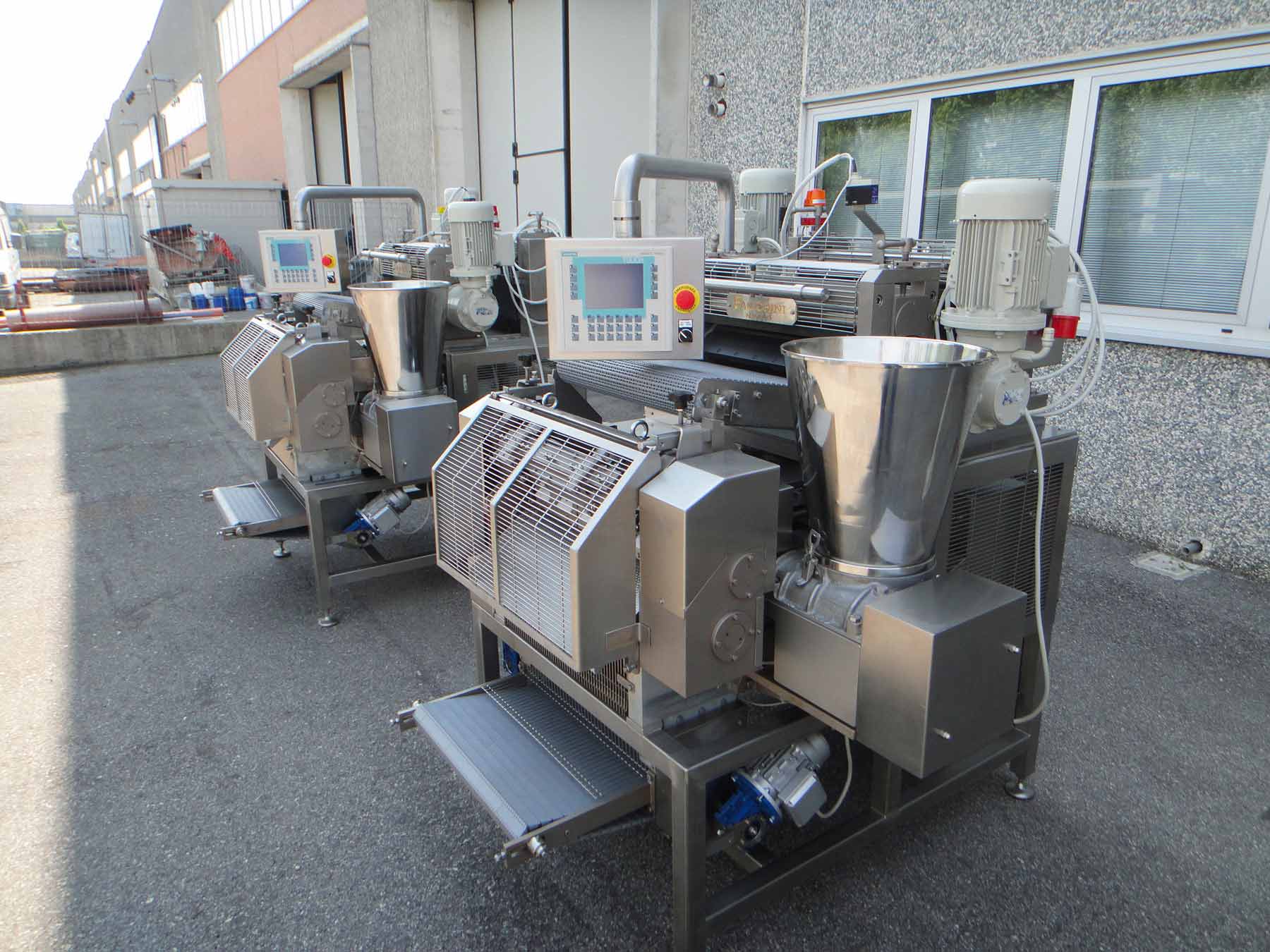Imagine sinking your spoon into a sundae topped with a cloud of creamy whipped goodness, or jazzing up your morning coffee with a fluffy swirl. That’s the magic of aerosol can whipped cream, a kitchen staple powered by the genius of aerosol spray technology. As an aerosol spray expert, I’ve spent years geeked out over these pressurized cans, and I’m here to spill the beans on how they work, share insider tips, and answer your burning questions. Whether you’re a dessert junkie or just curious about what makes these cans tick, this guide’s got you covered with hands-on know-how and practical advice. Let’s dive into the creamy world of aerosol spray whipped cream!
How Aerosol Can Whipped Cream Works
At its heart, aerosol can whipped cream is a blend of heavy cream, sugar, flavorings like vanilla, and sometimes stabilizers, all sealed in a sturdy aluminum or steel can. The real MVP? A propellant—usually nitrous oxide or carbon dioxide—that turns the liquid into a frothy foam when you press the nozzle. This aerosol spray system is what makes it so darn convenient, delivering instant whipped cream without a whisk in sight.
Here’s the lowdown: when you hit the nozzle, the propellant forces the cream through an aerosol valve, a nifty little device that controls the flow and keeps things airtight. The valve’s design ensures the cream comes out smooth and fluffy, while also locking in freshness for weeks. Fun fact—industry data shows over 85% of aerosol whipped cream cans use advanced filling tech to maintain quality, keeping your toppings tasting great till the last spray.
A Peek at Related Aerosol Spray Products
Whipped cream may be the star, but the aerosol spray family has plenty of other players worth knowing. These products use similar tech and can spark some kitchen creativity:
- Non-Stick Cooking Sprays: These mist oils onto pans or grills, using propellants for even coverage. Great for low-calorie cooking.
- Sprayable Cheese: A fun topping for snacks, blending cheese powder and oils in an aerosol can for nachos or popcorn.
- Edible Color Mists: Perfect for bakers, these spray food-safe dyes to add flair to cakes or cookies.
- Cream Liqueurs: Some dessert liqueurs use aerosol tech for a foamy finish in cocktails, mimicking whipped cream’s vibe.
Quick Tip: To get the most out of your whipped cream can, give it a gentle shake before spraying. This mixes the propellant and cream for a consistent, dreamy texture. Trust me, it’s a small move that makes a big difference!
Pro Tips for Perfect Whipped Cream
Using aerosol can whipped cream is a piece of cake, but a few expert tricks can take your toppings to the next level. First off, always store your can in the fridge, ideally upside down. This keeps the cream and propellant cozy, ensuring a smooth spray every time. When you’re ready to use it, hold the can at a 45-degree angle for better control—perfect for piping fancy swirls on pies or hot cocoa.
Here’s a little-known hack: pop the can in the fridge for an extra 30 minutes before a big event. Chilled cream holds its shape longer, so your desserts stay picture-perfect. Got a clog? No sweat—run the nozzle under warm water to melt any dried cream, and you’re back in business. For a fun twist, try spraying whipped cream into a chilled bowl, then fold in some cocoa powder for a chocolatey topping that’ll wow your guests.
Secret Sauce: If you’re out of piping bags, use the can’s nozzle to create mini rosettes on cupcakes. It’s a pro move that looks fancy but takes zero effort!
Why Aerosol Spray Whipped Cream Rocks
Compared to whipping cream by hand, aerosol spray whipped cream is a total time-saver. No mixers, no mess—just instant gratification. It’s also shelf-stable when unopened, lasting months in your pantry, unlike fresh cream that goes bad in days. The aerosol valve keeps things hygienic, so you don’t have to worry about contamination.
That said, it’s not all roses. Aerosol whipped cream is lighter than homemade, so it might not hold up as well on hot desserts. But for quick fixes like topping waffles, smoothies, or even a late-night bowl of ice cream, it’s unbeatable. Plus, those aluminum cans are recyclable—just rinse ‘em out and toss ‘em in the bin.
FAQs About Aerosol Can Whipped Cream
As an aerosol spray guru, I’ve heard every question under the sun. Here’s the scoop on the top 10 FAQs about aerosol can whipped cream to set you straight:
- Why’s my whipped cream runny?
You didn’t shake the can enough. Give it 6–8 shakes to blend the propellant and cream properly. - Can I bake with aerosol whipped cream?
Nope, it melts under heat. Save it for post-bake toppings like cakes or pies. - How long does an opened can last?
About 2–3 weeks in the fridge. Store it upside down and check the expiration date. - Is the propellant safe to eat?
Yup, food-grade nitrous oxide or CO2 is totally safe, per FDA standards. - My nozzle’s clogged—help!
Run it under warm water or use a toothpick to clear dried cream. Problem solved. - Are these cans recyclable?
You bet! Empty aluminum cans are recyclable—just remove the plastic cap and rinse. - Can I get spare aerosol valves?
Manufacturers keep aerosol valves in steady supply for production, but they’re tough to find retail. Reach out to the can’s maker. - What’s the best storage temp?
Keep it at 35–40°F in the fridge. Freezing can mess up the valve. - Can I use it for savory dishes?
Sure thing! Unsweetened versions work great on soups or potato purees. - Why’d my can stop spraying?
It’s either empty or the nozzle’s blocked. Shake it, check the valve, or recycle if it’s done.
Wrapping It Up
Aerosol can whipped cream is a small but mighty kitchen hero, thanks to the brilliance of aerosol spray tech. From its clever valve system to its recyclable aluminum shell, it’s designed for ease and flavor. Armed with these tips, tricks, and answers, you’re ready to master whipped cream like a pro, troubleshoot any hiccups, and even dabble in related aerosol spray products like edible mists or cheese sprays. So go ahead, grab a can, and whip up something delicious!










